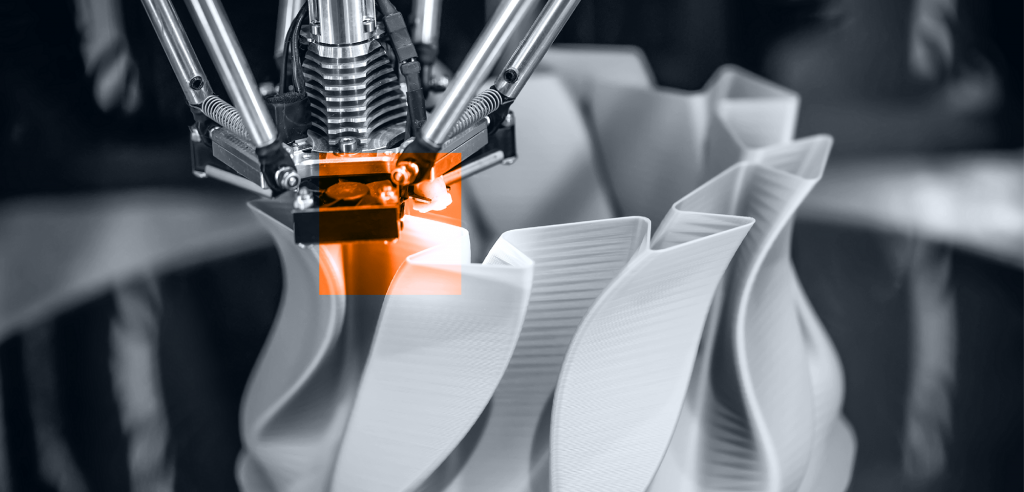𝐓𝐡𝐞 𝐅𝐚𝐬𝐜𝐢𝐧𝐚𝐭𝐢𝐧𝐠 𝐄𝐯𝐨𝐥𝐮𝐭𝐢𝐨𝐧 𝐨𝐟 𝐀𝐝𝐝𝐢𝐭𝐢𝐯𝐞 𝐌𝐚𝐧𝐮𝐟𝐚𝐜𝐭𝐮𝐫𝐢𝐧𝐠: 𝐅𝐫𝐨𝐦 𝐇𝐮𝐦𝐛𝐥𝐞 𝐁𝐞𝐠𝐢𝐧𝐧𝐢𝐧𝐠𝐬 𝐭𝐨 𝐈𝐧𝐝𝐮𝐬𝐭𝐫𝐢𝐚𝐥 𝐏𝐨𝐰𝐞𝐫𝐡𝐨𝐮𝐬𝐞
Additive manufacturing, 👈often known as 3D printing, has come a long way since its humble beginnings in the 1980s. Today, it's a revolutionary technology transforming how we design, prototype, and manufacture products across various industries. Let's delve into its remarkable journey, highlighting key milestones that shaped its evolution:
Early Days (1980s-1990s): Laying the Foundation
- 1981: Dr. Hideo Kodama in Japan invents the first rapid prototyping machine using UV-cured photosensitive resin. This laid the groundwork for stereolithography (SLA), one of the first 3D printing technologies.
- 1983: Charles Hull patents stereolithography, marking the official birth of 3D printing.
- 1986: 3D Systems, the first commercial 3D printer manufacturer, is founded.
- 1987-1990s: Development of other key technologies like selective laser sintering (SLS) for metal and fused deposition modeling (FDM) for plastics.
Rapid Prototyping Era (1990s-2000s): From Prototypes to Production
- Focus on rapid prototyping: 3D printing primarily used for creating quick and affordable prototypes for design validation and testing.
- Material advancements: Introduction of new materials like biocompatible polymers and stronger metals, expanding application possibilities.
- Software development: Advancements in 3D modeling and slicing software improved design flexibility and print accuracy.
Industrial Revolution (2000s-Present): 3D Printing Takes Center Stage
- Shift to production: Growing acceptance of 3D printing for low-volume, customized, and complex parts production.
- Technological breakthroughs: Development of faster, more efficient printing technologies like multi-material printing and continuous additive manufacturing.
- Industry adoption: Widespread adoption across various industries like aerospace, automotive, healthcare, and consumer goods.
Key Milestones:
- 2009: First 3D-printed human jaw implant successfully performed.
- 2013: Stratasys releases the Objet500 Connex3, the first multi-material 3D printer.
- 2015-2020s: Metal 3D printing gains traction for aerospace and automotive applications.
- 2023: Continuous additive manufacturing systems emerge, enabling high-volume production of complex parts.
Future Outlook:
- Continued material innovation: Development of new materials with unique properties to unlock further applications.
- AI and machine learning integration: Optimizing printing processes and personalizing manufacturing for individual needs.
- Sustainability focus: Development of eco-friendly materials and processes to reduce environmental impact.



Comments
Post a Comment